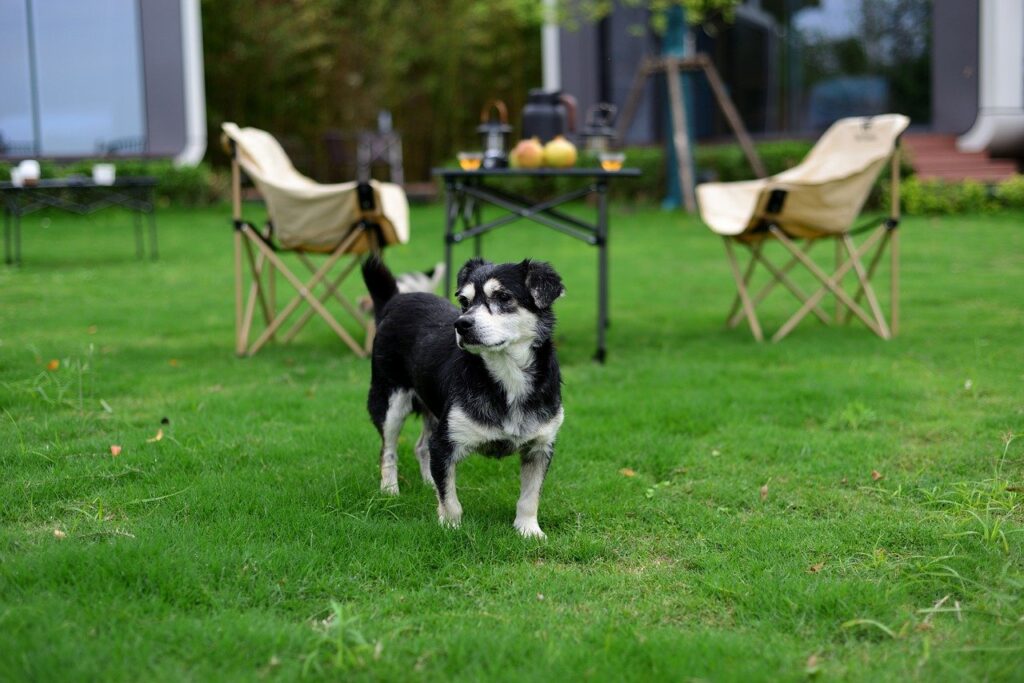
Microclover Lawns in West Sussex: Pros, Cons & How to Start (Chichester, Arundel & Emsworth)
What is microclover?
Microclover is a small-leafed white clover blended into grass seed. It fixes atmospheric nitrogen, naturally feeding surrounding grass for deeper colour with fewer fertiliser applications.
Benefits for West Sussex gardens
- Greener colour most of the year (even in lean soils).
- Naturally suppresses weeds by filling gaps.
- Lower fertiliser use and fewer feeds.
- Tolerates light shade and foot traffic (great for family lawns).
- Coastal resilience for Chichester/Emsworth breezes.
Any downsides?
- Flowers attract bees (a plus for many!), so mow regularly if you want fewer blooms.
- Won’t suit bowling-green stripes purists; microclover creates a subtly mottled, deep green.
- Needs sensible mowing height (around 4–5 cm).
How to establish a microclover lawn
- Timing: Early autumn (Sept–early Oct) or mid-spring.
- Prep: Scarify to remove thatch; hollow-tine aerate if compacted.
- Seed choice: Use a quality rye/fescue mix with microclover (0.5–2% by weight).
- Sowing rate: 20–30 g/m²; rake in lightly.
- Topdress: 3–5 mm lawn sand/loam for seed-to-soil contact.
- Water: Little and often until germination, then reduce frequency but water more deeply.
Ongoing care
- Mow at 4–5 cm.
- Fertilise less often (spring starter + light summer top-up if needed).
- Overseed annually to maintain density.
Local help: We create microclover-grass blends tailored to Chichester, Arundel and Emsworth soils. Book a free lawn assessment.
